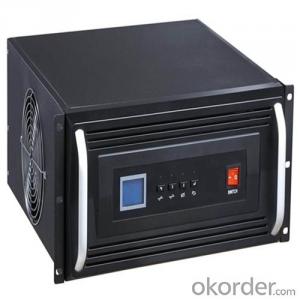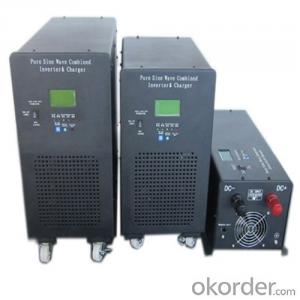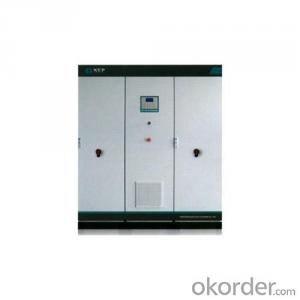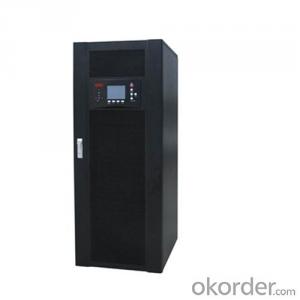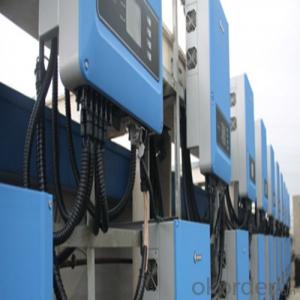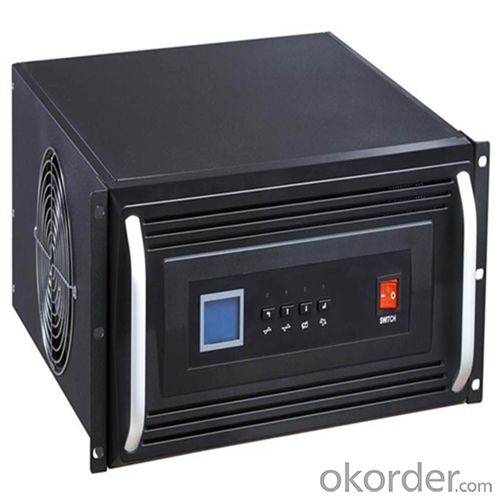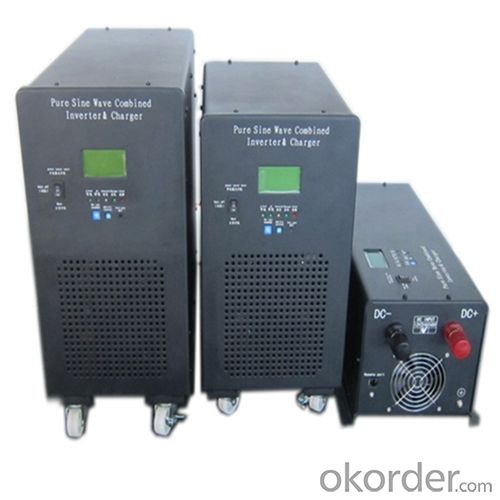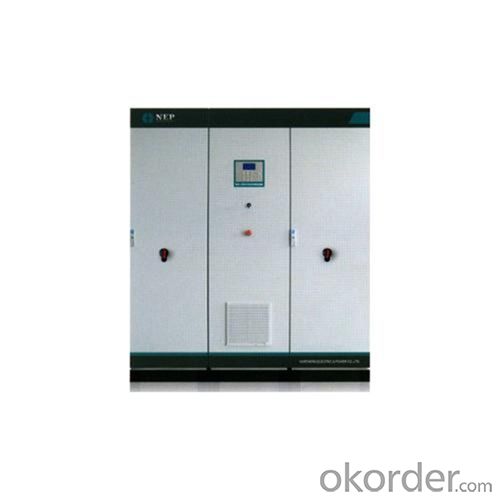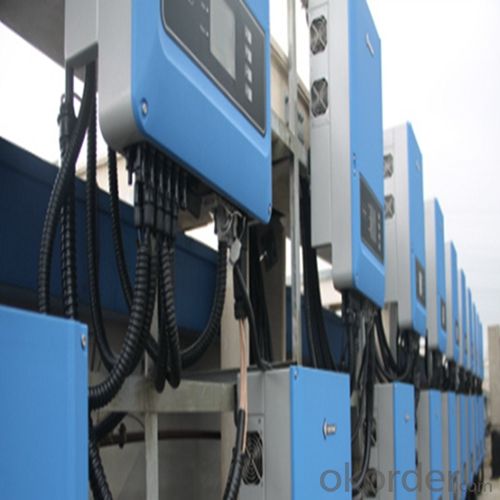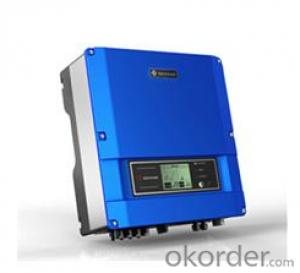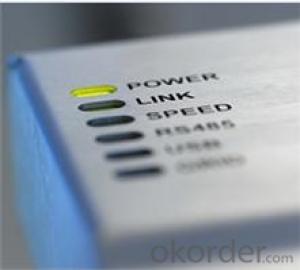Aeg Solar Inverter Approved 3000W 24V Pure Sine Wave Solar Power Inverter Charger
- Loading Port:
- Shanghai
- Payment Terms:
- TT OR LC
- Min Order Qty:
- 5 pc
- Supply Capability:
- 3000 pc/month
OKorder Service Pledge
OKorder Financial Service
You Might Also Like
Performance Characteristics
· 1. Suitable for all electrical equipments
· 2. Large LCD display for more detailed content
· 3. CPU controlled; fast transfer time
· 4. Intelligent battery management, prolonging the service life of the battery
· 5. Complete protection function, high reliability
· 6. Can provide high current charge
· 7. Can match different types of batteries
· 8. Disassembled LCD box which can make the operation in a distance of 15 meters
Product introduction
EP series is sine wave low frequency inverter, which is specifically designed for home appliances. It is equipped with a big LCD screen so all information is displayed in detail, which makes it more convenient to use. Charging current of the inverter is adjustable from 5A to 45A and you can also select different charging voltage to charge different types of batteries so batteries are under great protection.
Our Service
Samples
Samples are Available for Testing and Market Test.
Warranty
We provides warranty against defects in materials and workmanship for its Uninterruptible power supply, Power inverter/chargers including inverter12v 24v 48V, Solar charge controllers (“Product”).
OEM Service
OEM service is strictly based on the ISO9001 ISO14001 quality assurance system. The TOP involves the effective teamwork of departments from Sales, R&D, and Engineering, purchasing, production & QA, assuring a high quality product and prompt delivery for customers. The standardization of our quality system and the quality stability has earned us the trust of our customers for 12 years.
We have 10 sets of automatic insertion equipments, ICT PCB testing equipments, ATE automatic testing center and aging workshop for all products. Monthly output of UPS series exceeds 200,000. We have been offering OEM service for over 12 years.
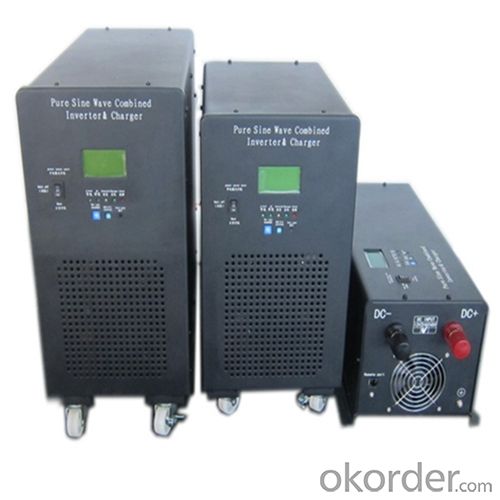
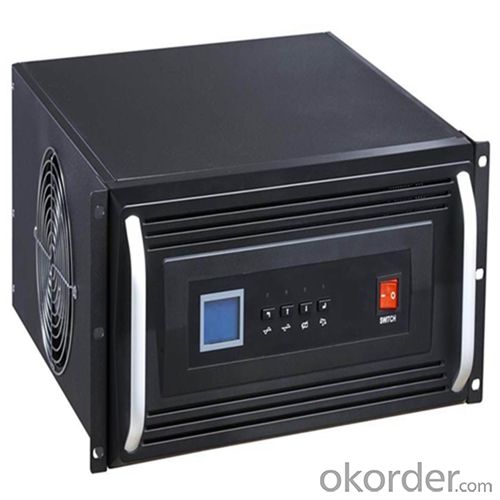
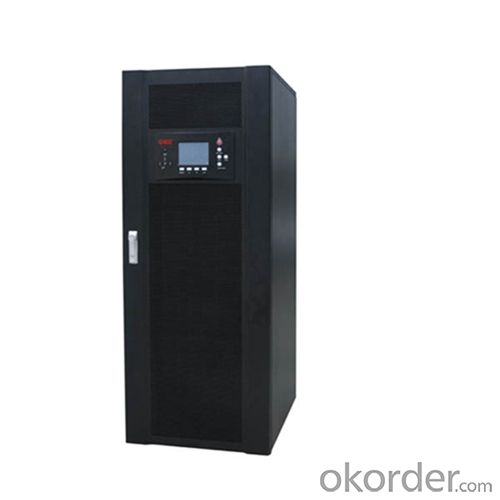
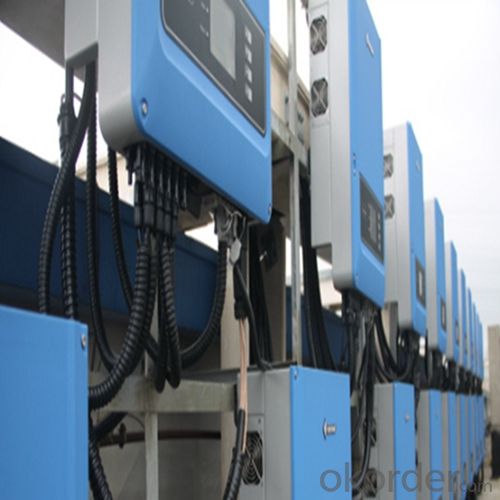
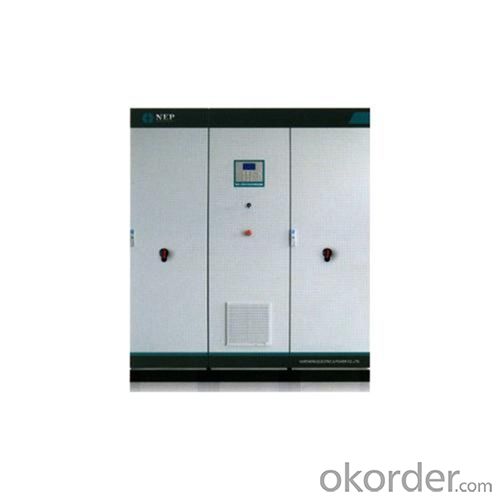
Specifications
Input | |
Input Voltage Range | 182-265VAC |
Output | |
Input Voltage Range | Batt.Mode:50±0.3Hz Mode:48-54Hz(50Hz) or 58-64Hz,Same as AC |
Output Wave Form | Sine Wave (Batt,mode) |
Transfer Time | 10ms(Typical) |
FAQ:
Q: Do you have the CE, TUV, UL Certification?
A: We’ve already passed all the tests, and any certificate is available.
Q: Have you ever sold your products to companies in my country?
A: Of course, we have customers in all general PV markets, but I think we should expand our market share along with the market growth.
Q: When did your company set up? You are a new company, how can I believe your quality?
A: We entered into Solar PV industry in 2005, now we have several plants in manufacturing of a-Si and c-Si panels, and our capacity is 220MW per year. Till now we have already passed all the tests by authorized laboratories, e.g. TUV, CE, UL.
Q: Can you help us install the module if we cooperate with you?
A: We haven’t entered into installation sector, but we have the plan in near future.
Q: How do you pack your products?
A: We have rich experience on how to pack the panels to make sure the safety on shipment when it arrives at the destination.
Q: Can you do OEM for us?
A: Yes, we can.
Q: Can we visit your factory?
A: Surely, I will arrange the trip basing on your business schedule.
- Q: How does the power factor affect the performance of a solar inverter?
- The power factor affects the performance of a solar inverter by influencing its efficiency and capacity to convert DC power from solar panels into AC power. A low power factor can result in increased losses and reduced efficiency, leading to lower overall performance. On the other hand, a high power factor ensures efficient power conversion, minimizing losses, and optimizing the inverter's performance.
- Q: Can a solar inverter be used with different AC voltage systems?
- Yes, a solar inverter can be used with different AC voltage systems as long as it is compatible with the specific voltage range and frequency of the AC system.
- Q: What are the installation requirements for a solar inverter?
- The installation requirements for a solar inverter typically include a suitable mounting location, adequate ventilation, and a compatible electrical system. It should be installed in an area with good sunlight exposure and away from any shading or obstructions. The inverter should be mounted securely on a sturdy surface, preferably indoors or in a weatherproof enclosure. Proper grounding and electrical connections are also necessary to ensure safe and efficient operation. It is essential to follow the manufacturer's guidelines and local electrical codes during installation.
- Q: What is the role of a solar inverter in a community solar project?
- The role of a solar inverter in a community solar project is to convert the direct current (DC) electricity produced by solar panels into alternating current (AC) electricity that can be used by homes and businesses in the community. It ensures that the solar energy generated is compatible with the existing electrical grid, allowing for seamless integration and distribution of clean energy to the community.
- Q: How does a solar inverter handle power quality issues in the grid?
- A solar inverter handles power quality issues in the grid by continuously monitoring the electricity it receives from the grid. If it detects any power quality issues such as voltage fluctuations, harmonics, or frequency variations, it employs various techniques to mitigate these issues. These techniques include voltage regulation, reactive power compensation, filtering, and synchronization with the grid. By actively managing these power quality issues, a solar inverter ensures that the electricity it feeds into the grid is of high quality and complies with the grid's standards and requirements.
- Q: What are the key features to consider when choosing a solar inverter?
- When choosing a solar inverter, some key features to consider are the power rating, efficiency, warranty, monitoring capabilities, and compatibility with your solar panels and battery storage system.
- Q: Can a solar inverter be used in remote locations?
- Yes, solar inverters can be used in remote locations. They are designed to convert the direct current (DC) power generated by solar panels into usable alternating current (AC) power, which can be used to power electrical devices. Solar inverters can be installed in remote areas where there is no access to the main power grid, allowing for the generation and utilization of electricity in off-grid locations.
- Q: What is the role of maximum power control in a solar inverter?
- The role of maximum power control in a solar inverter is to ensure that the photovoltaic (PV) system operates at its maximum power point (MPP) to optimize energy production. It continuously adjusts the operating voltage and current of the PV panels to maintain the MPP, despite changes in environmental conditions such as temperature and sunlight intensity. This control mechanism maximizes the efficiency and overall performance of the solar inverter, allowing it to extract the highest possible amount of energy from the solar panels.
- Q: What is the difference between a grid-connected inverter and an off-grid inverter? What are the advantages of a hybrid inverter?
- Off-grid inverter is equivalent to their own to establish an independent small power grid, mainly to control their own voltage, is a voltage source.
- Q: Are there any government incentives available for solar inverters?
- Many countries provide government incentives for solar inverters, aiming to promote renewable energy adoption and reduce carbon emissions. In the United States, for example, one common incentive is the solar investment tax credit (ITC), allowing homeowners and businesses to deduct a portion of their solar installation costs from their federal taxes. Germany, on the other hand, implements feed-in tariffs that require utility companies to pay a premium for electricity generated by solar inverters. Furthermore, local governments may offer grants, rebates, or low-interest loans to facilitate the purchase and installation of solar inverters. To fully grasp the incentives available in your region, it is crucial to consult your local government or relevant authorities.
Send your message to us
Aeg Solar Inverter Approved 3000W 24V Pure Sine Wave Solar Power Inverter Charger
- Loading Port:
- Shanghai
- Payment Terms:
- TT OR LC
- Min Order Qty:
- 5 pc
- Supply Capability:
- 3000 pc/month
OKorder Service Pledge
OKorder Financial Service
Similar products
Hot products
Hot Searches
Related keywords
